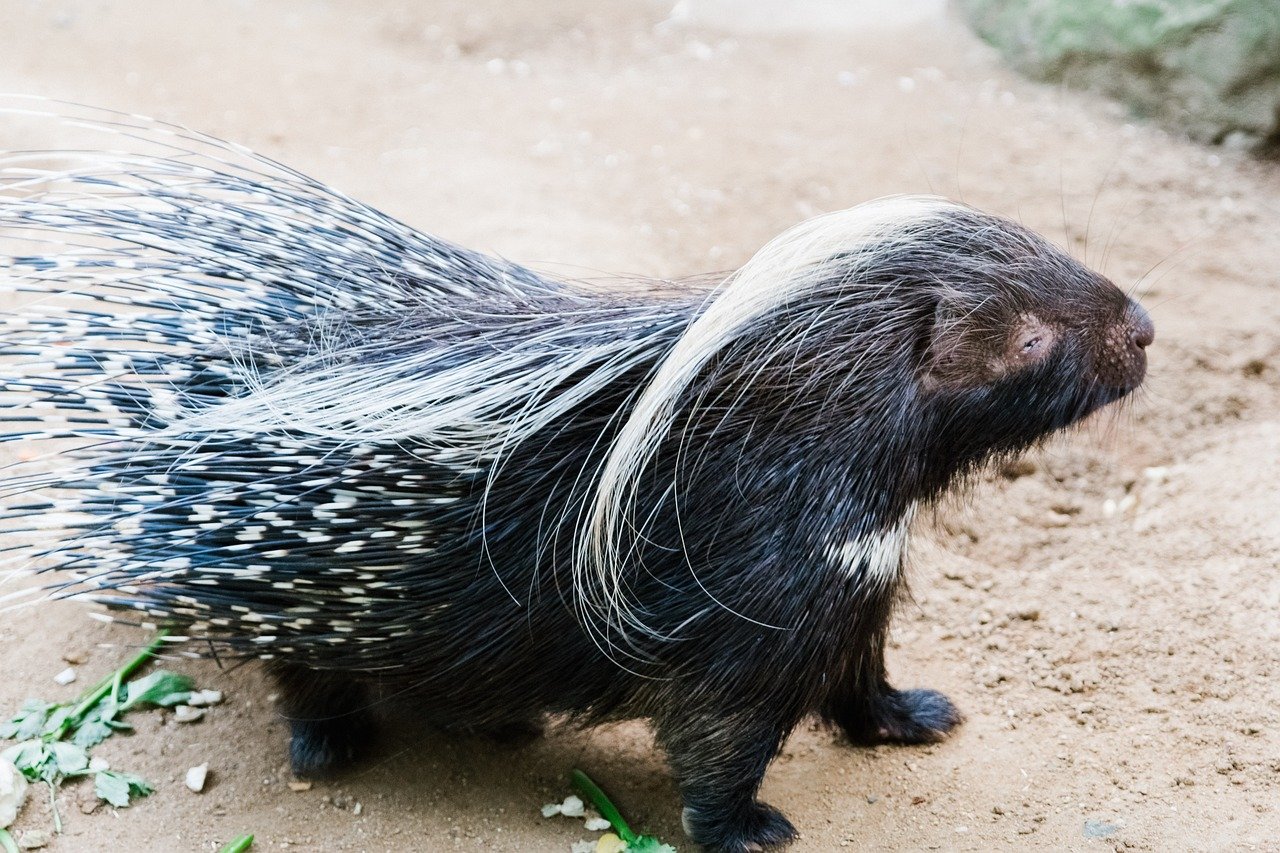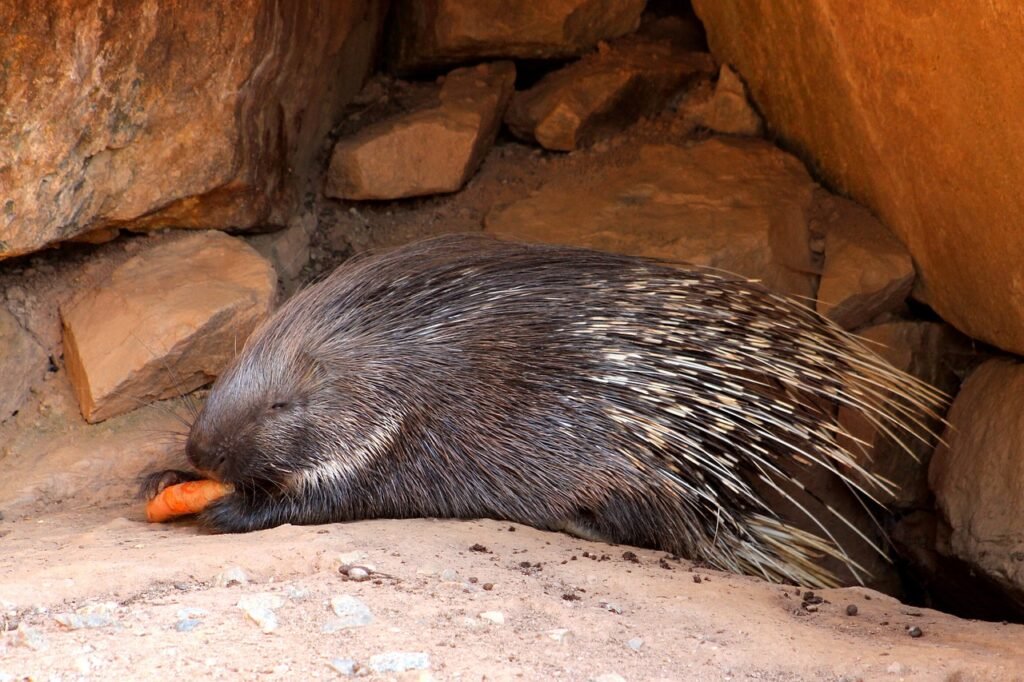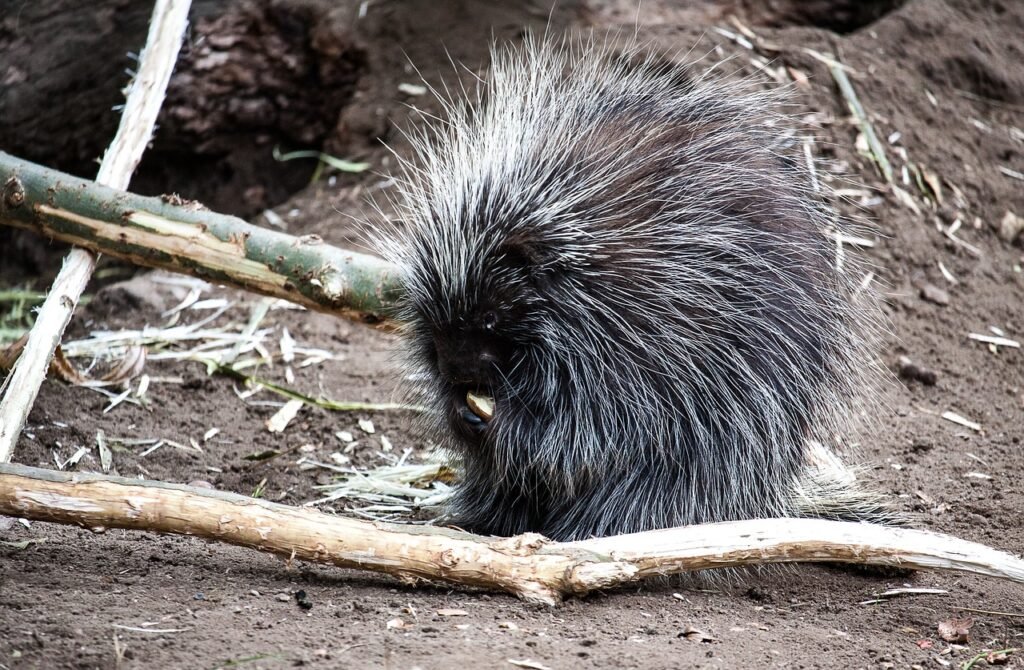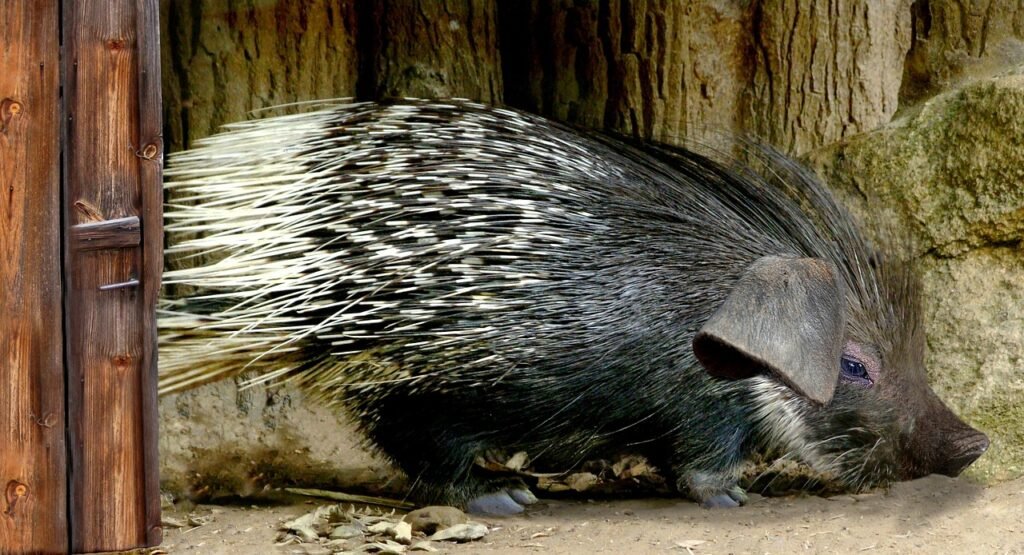When it comes to keeping pet porcupines, going beyond a simple cage is essential for their physical and mental well-being. Crafting a naturalistic habitat not only fulfills their instinctual behaviors but also creates a harmonious environment. In this guide, we’ll explore how to design naturalistic habitats that go beyond the conventional cage setup.
1. Understanding Natural Behaviors:
Before delving into habitat design, it’s crucial to understand the natural behaviors of porcupines. Consider factors such as climbing, foraging, hiding, and social interactions. Tailoring the habitat to these behaviors is key.
2. Expansive Enclosures:
Unlike traditional cages, consider providing a more expansive enclosure that allows for ample movement. Porcupines thrive when they have space to explore, climb, and engage in natural behaviors.
3. Mimicking Forest Environments:
Porcupines are native to forested areas. Mimic their natural environment by incorporating elements like logs, branches, and foliage. This not only provides a visually appealing habitat but also encourages exploration.
4. Tree Structures and Climbing Platforms:
Enhance the habitat with tree-like structures and climbing platforms. Porcupines are skilled climbers, and these additions provide them with opportunities for physical exercise and mental stimulation.
5. Burrowing Opportunities:
Create spaces within the habitat that mimic burrows. Porcupines appreciate having hiding spots or cozy nooks where they can retreat when they desire privacy or security.
6. Natural Substrate:
Consider using natural substrates like soil or wood shavings instead of traditional bedding. This allows for natural digging behaviors and contributes to a more authentic environment.
7. Variety of Surfaces:
Incorporate a variety of surfaces within the habitat, such as rocks, logs, and uneven terrain. This diversity stimulates your porcupine’s senses and provides opportunities for exploration.
8. Native Flora and Foliage:
If feasible, introduce safe and non-toxic plants into the habitat. This not only adds to the visual appeal but also creates a more naturalistic setting for your pet porcupine.
9. Socialization Spaces:
Porcupines, despite their independent nature, benefit from social interactions. Include designated spaces for socialization, such as platforms where they can observe their surroundings and interact with other pets or family members.
10. Environmental Enrichment:
Regularly update the habitat with new toys, puzzle feeders, and items that promote natural behaviors. This keeps the environment dynamic and prevents boredom.
Crafting a naturalistic habitat for your pet porcupine is a rewarding endeavor. It not only meets their physical and psychological needs but also fosters a deeper connection between you and your quilled companion. Remember to observe your porcupine’s behavior closely and make adjustments to the habitat based on their preferences. By going beyond the cage, you’re providing a truly enriching and natural environment for your pet porcupine.



